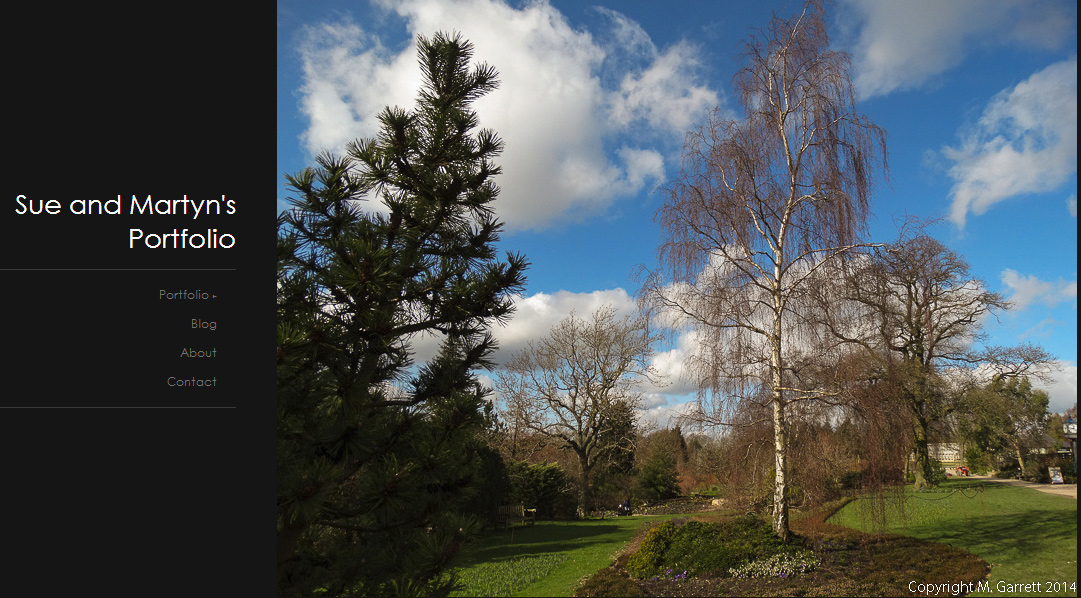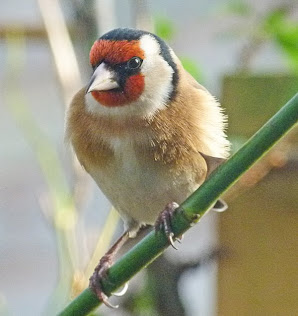We paid just one visit to the allotment with some trepidation as it was our first visit in the wake of storms Ciara and Dennis. To be honest the winds were nothing like as announced on the weather reports and probably no worse than we frequently experience, however our site is very exposed and there is always the possibility that any strong winds racing across the plot could wreak havoc. It is not unknown for sheds to be upended which is why ours is anchored firmly to a set fence posts.
Fortunately all our structures were in tact, although we are not completely out of the woods as Saturdays winds, although not bestowed with the distinction of being named, were stronger than the previous storm winds.
We didn't escape completely free as the winds had whipped the enviromesh protection from our brassica beds.
Never missing the chance of a choice meal, the wood pigeons moved in and decimated one bed of purple sprouting broccoli. The top leaves seemed to be the meal of choice with one bed suffering most damage.
The winds had also loosened some of the weed control fabric which will need some attention. One of our plot neighbours told us that the bottom part of the site had been flooded but fortunately that hadn't extended to our plot. Despite escaping any flooding the soil is still saturated and far too wet to work on.
Despite the abysmal conditions the early rhubarb is growing well.
The pieces that, Martyn planted in a new bed are also now beginning to poke through. Although we are not sure of the varieties, these are later than Timperley Early which are pictured at the top of the photos above.
We managed to gather a small harvest before heading home. From the bed that had escaped the pigeons, there was sufficient purple sprouting broccoli florets for a meal.
We also picked two very small cauliflowers, to have left them any longer would have meant that they would have been ruined by the persistent rain.
The cabbage that we cut was much bigger than many this year. It was solid and not too badly damaged. Most of our cabbage is eaten raw in coleslaw and so it will hopefully keep us going for a while.
Finally we uprooted one of the Brussels sprouts plants which will hopefully keep fresh for a while sitting in a bucket of water.
Back at home, in the garden greenhouse the Flavorcot apricot tree is loaded with blossom. Paintbrush in hand, I have been busily playing the part of a bee. I hope that this will mean we will have some lovely apricots later in the year.
In the comfort of the house, the hippeastrum aka amarylis has produced a third flower stem which is a first for me. I usually consider myself lucky if my bulb produces two stems.

The plant also appears to have produced a couple of seed pods which I hope will ripen so that I can have a go at growing the seeds.















































































